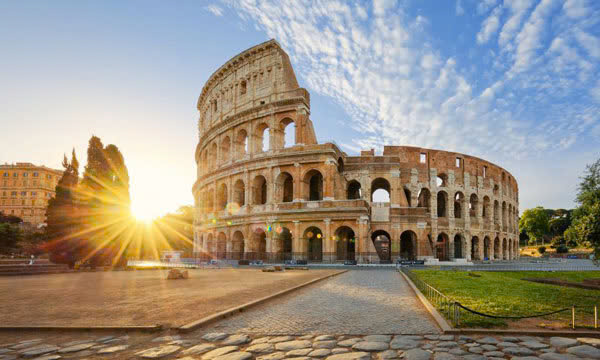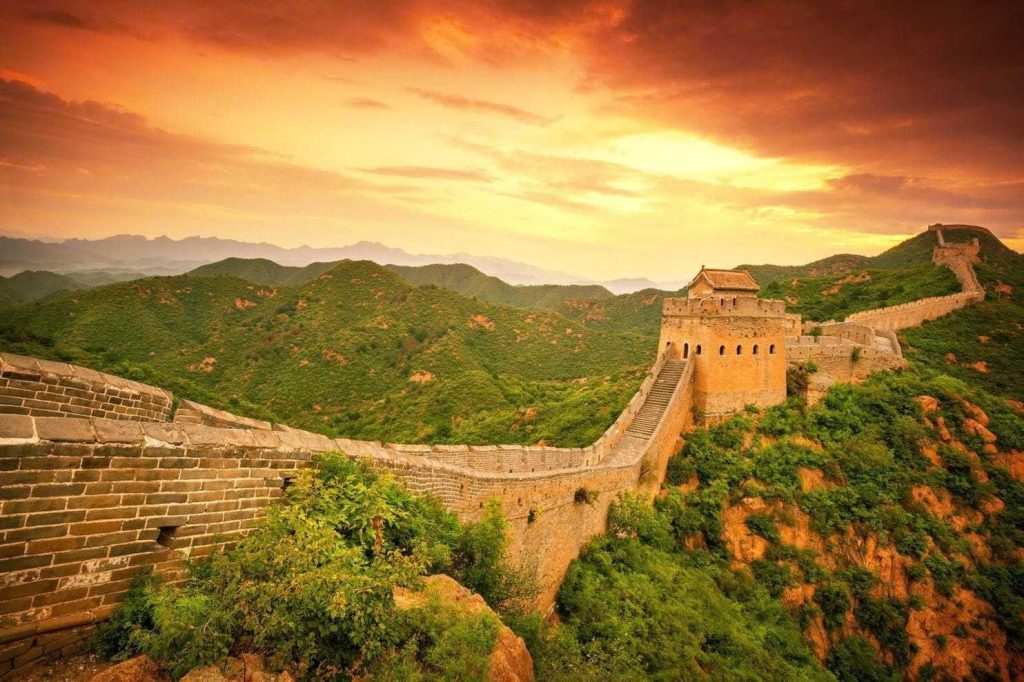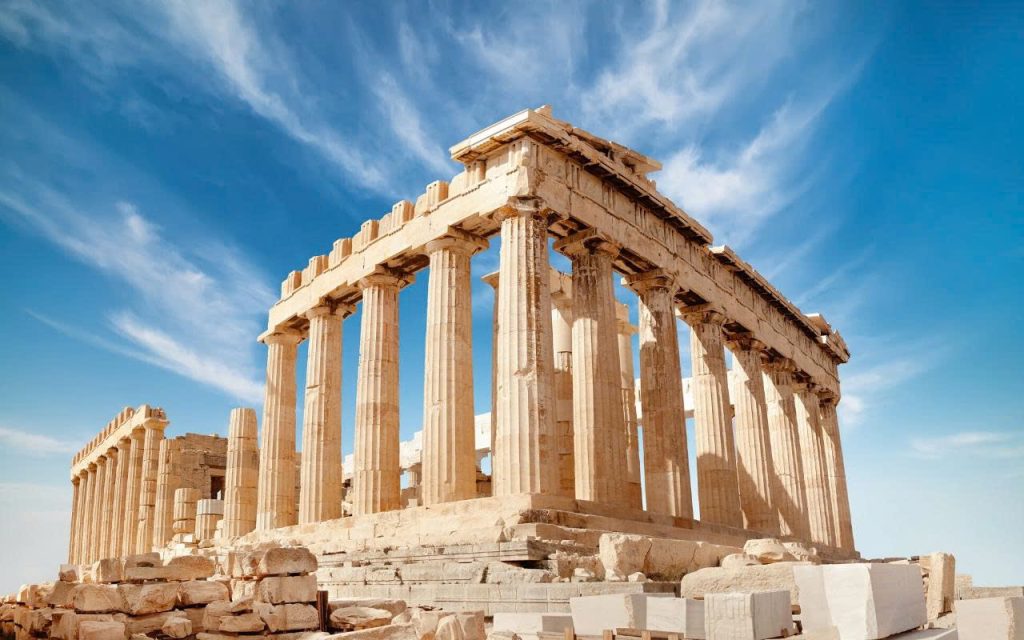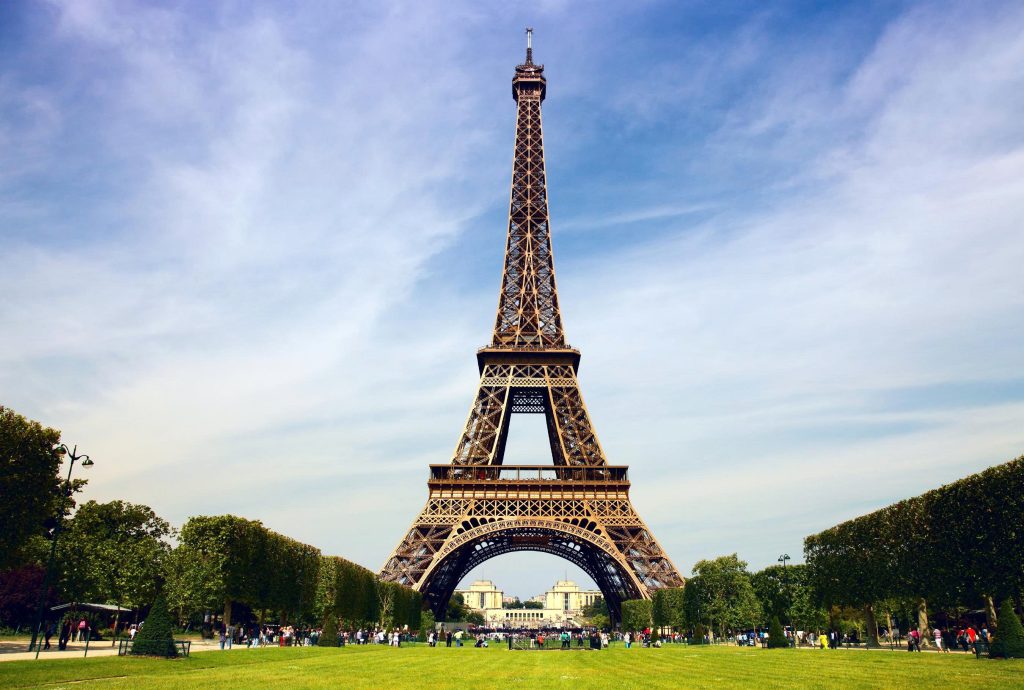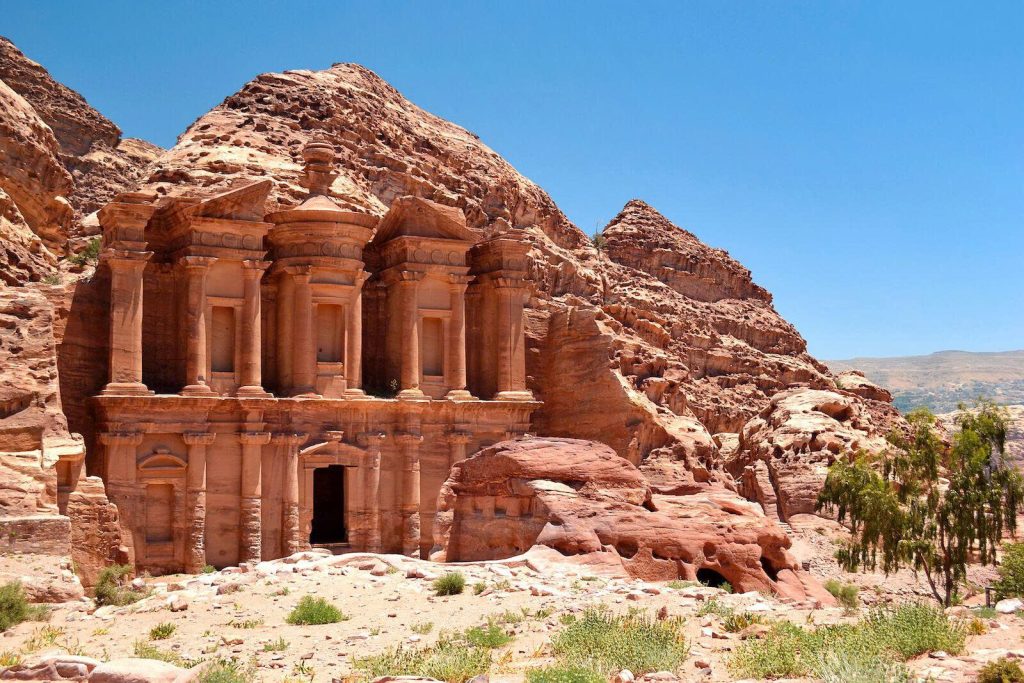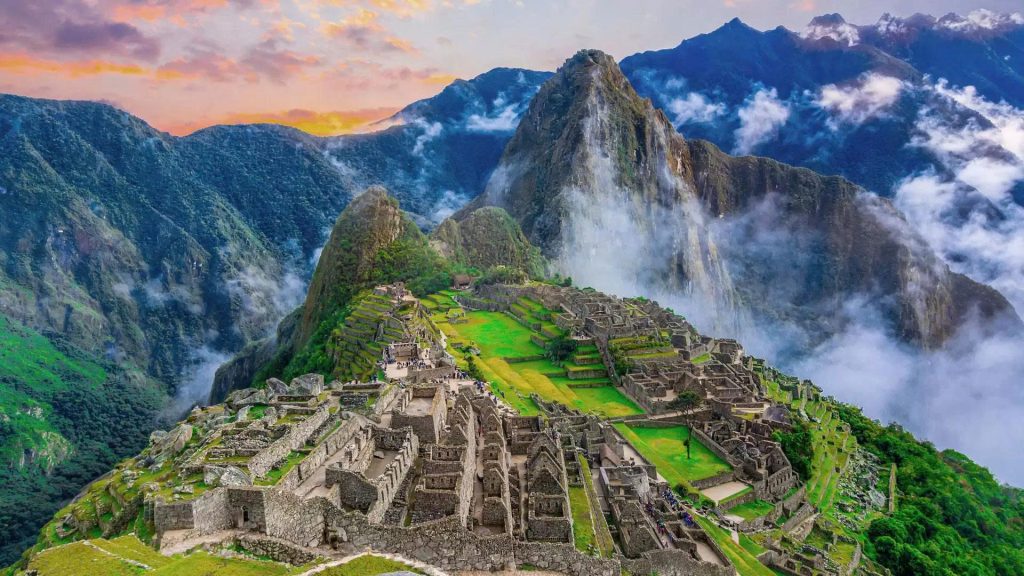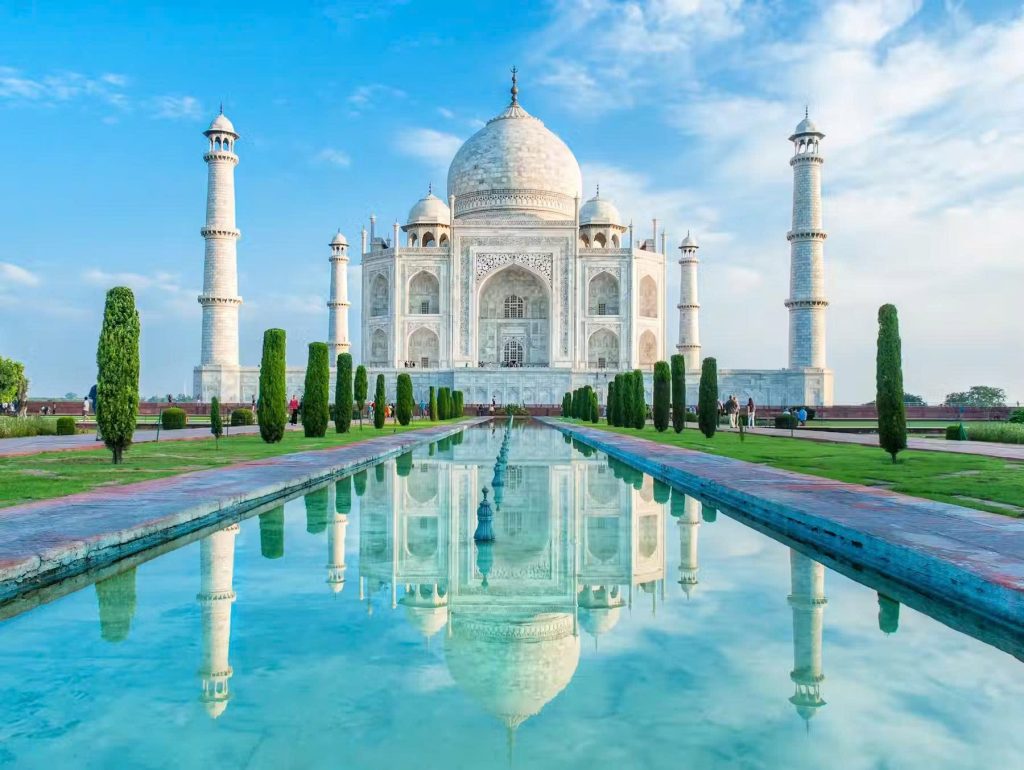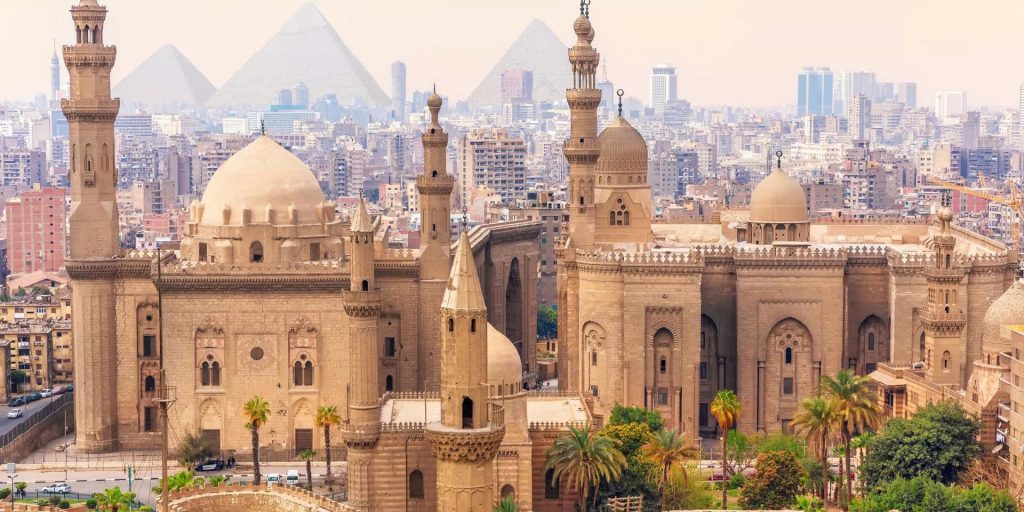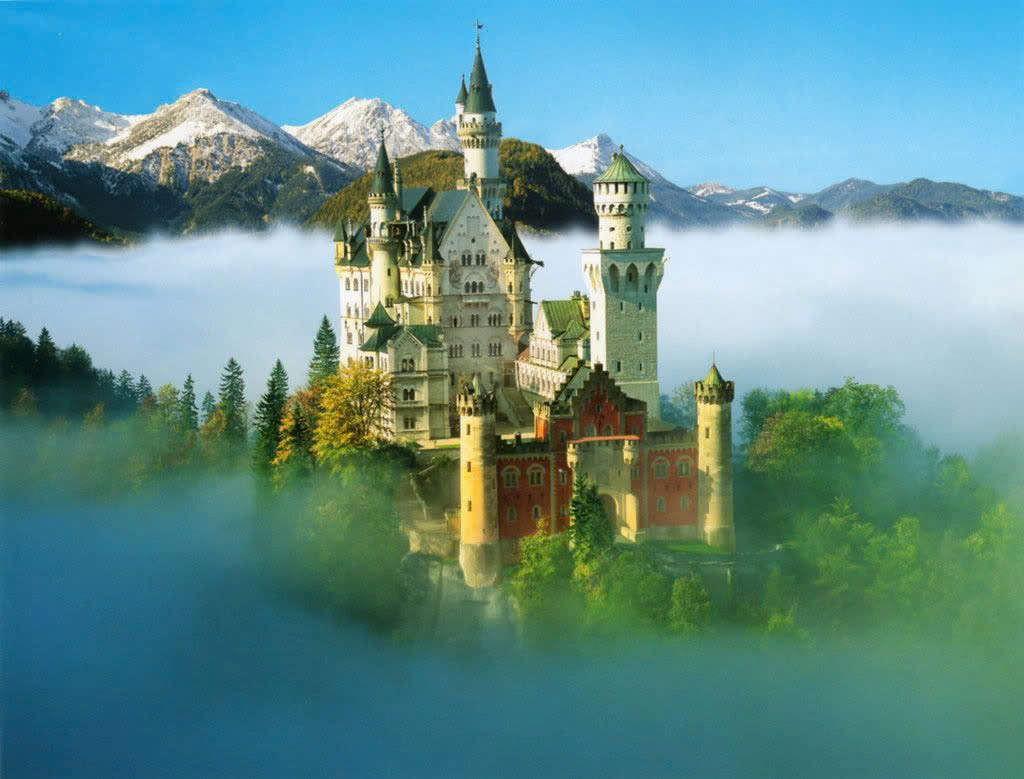Rome, Italy’s capital, earns global recognition as a city rich in culture and history. Its history spans over 2,800 years, rightfully bestowing upon it the esteemed title of the “Eternal City.” Indeed, the powerful legacy of the ancient Roman Empire immediately comes to mind when one considers Rome, solidifying its reputation as a world-famous historical and cultural center. Throughout its long existence, Rome served as Europe’s center of power. Consequently, people often call it the “Immortal City,” a testament to its remarkable collection of architectural wonders that have stood the test of time.
When should You visit Rome and How Long to Stay
The absolute best time to visit is during the shoulder seasons: April–May and September–October. Temperatures are moderate (mid-60s to high 70s F), perfect for exploring ancient ruins on foot. September, in particular, offers fantastic evening light and the lingering warmth of summer without the extreme heat. Avoid July and August; the heat is exhausting, and the crowds are overwhelming.

While the main icons can be rushed in 72 hours, we recommend a minimum of 4 to 5 full days. This allows time for the Vatican, the Colosseum complex, a dedicated food day, and one essential day trip, turning a frantic checklist into a genuine Roman Experience.
Navigating Roman Transport: Bus, Metro, and Airport Transfers
Rome’s public transport, managed by ATAC, is efficient but requires understanding.
- The Metro is essential for covering long distances, particularly between the Vatican (Ottaviano station) and the Colosseum (Colosseo station). Purchase a simple BIT (standard integrated time ticket) valid for 100 minutes of travel, or a 24/48/72-hour pass. Crucially, tickets must be validated immediately upon boarding the bus or entering the Metro turnstile to avoid fines.
- For arrival, the fastest, most reliable option is the Leonardo Express train to Roma Termini station (non-stop, 32 minutes). Alternatively, a fixed-rate taxi is the best option for groups of three or more, offering peace of mind and direct hotel service.
Passes and Skip-the-Line
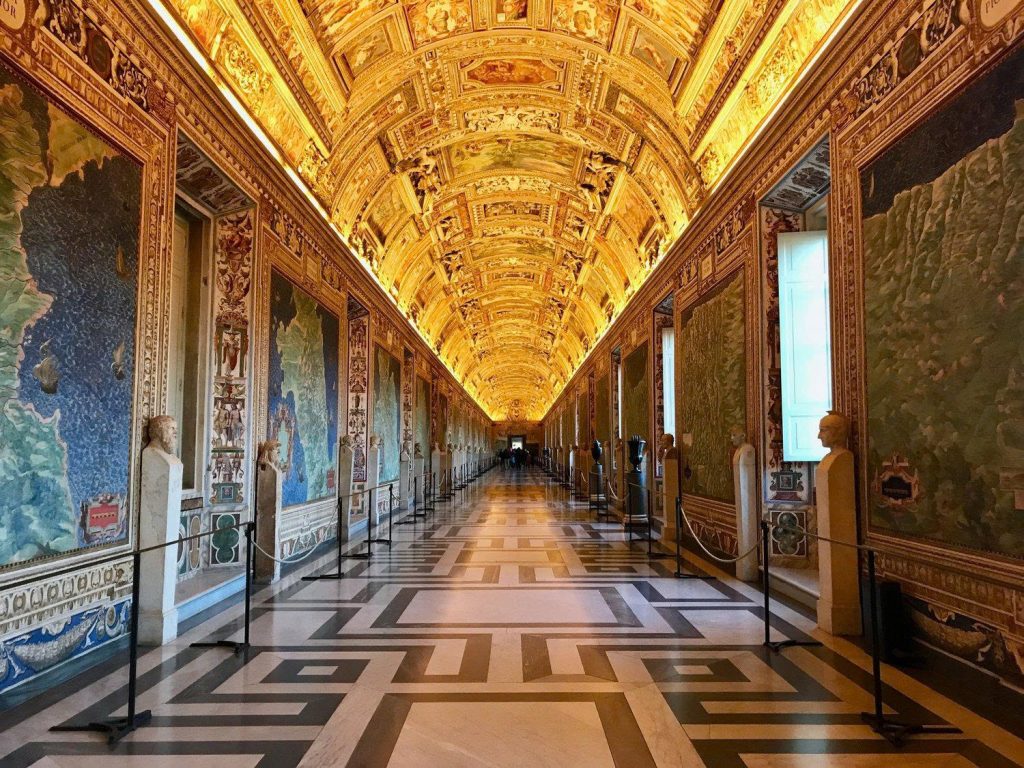
For major Icons, the single most critical factor in saving time is pre-booking skip-the-line tickets.
- These must be booked online weeks in advance, using the official vendor sites. Look specifically for time slots early in the morning (8:30 AM) or late afternoon (4:00 PM) to avoid the mid-day rush.
- Pass Comparison (Roma Pass vs. Omnia Card):
- Roma Pass: Better suited for repeat visitors or those prioritizing public transport and museums other than the Vatican. It includes free entry to 1-2 sites and discounts thereafter.
- Omnia Vatican & Rome Card: A premium, bundled product that includes the Roma Pass plus entry to the Vatican Museums/Sistine Chapel and St. Peter’s Basilica. It’s expensive, but highly convenient for first-timers whose focus is on the “Big Three.”
- Archaeologia Card: A specialist pass for history buffs, covering seven archaeological sites including the Baths of Caracalla and Ostia Antica.
The Ancient Core – Where Empires Were Forged
These sites are the bedrock of the Roman identity, demanding dedicated time and deep appreciation for their scale and historical significance.
1. Immerse Yourself in the Colosseum Complex
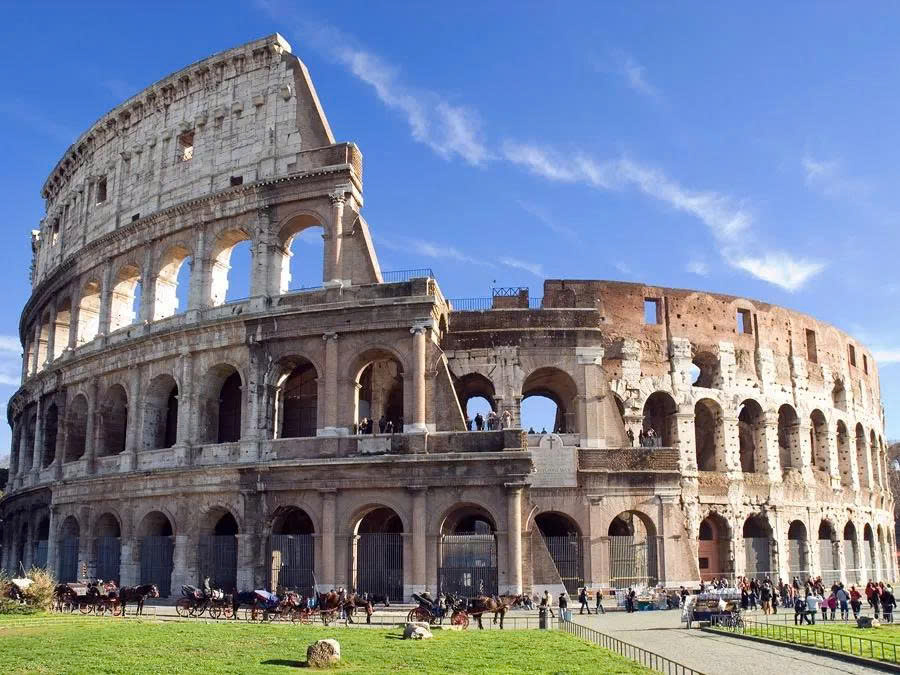
The iconic Flavian Amphitheatre remains the most visited site.
- The Hypogeum and Arena Floor: Standard tickets only access the upper tiers. For the true Experience, book the special tour accessing the Hypogeum (the labyrinth of tunnels beneath the main floor where animals and gladiators prepared) and the Arena Floor (standing where the battles took place). This is an absolute must for history enthusiasts.
- Adjacent to the Colosseum, examine the Arch of Constantine, a towering triumphal arch built to commemorate Constantine the Great’s victory at the Battle of the Milvian Bridge. Also, note the remnants of the Meta Sudans, a conical fountain ruin that once stood proudly near the Arch.
2. Wander the Roman Forum and Palatine Hill
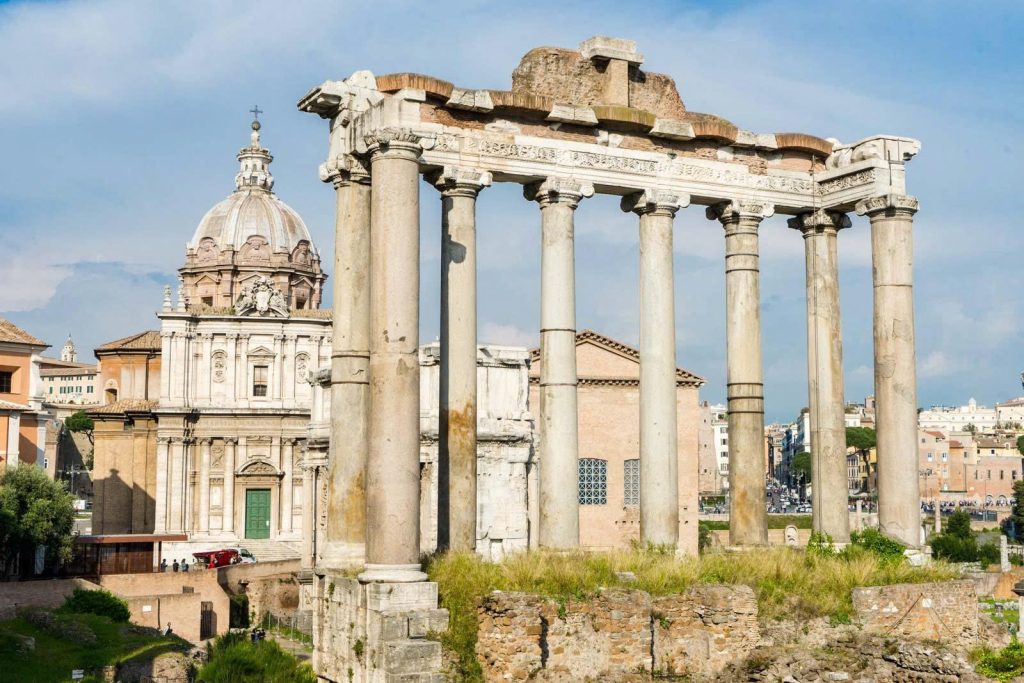
Often rushed, this area was the nucleus of Roman political, religious, and economic life.
- Spend time identifying the ruins of key Entities like the Temple of Saturn, the Curia Julia (Senate House), and the Sacra Via (the main street). The sheer scale is what makes this site so powerful.
- The Palatine is the centermost of the seven hills. Climbing to the top offers the definitive panorama of the Forum and a commanding view over the vast elliptical Circus Maximus, where chariot races once thrilled the masses.
3. Step Inside the Majestic Pantheon
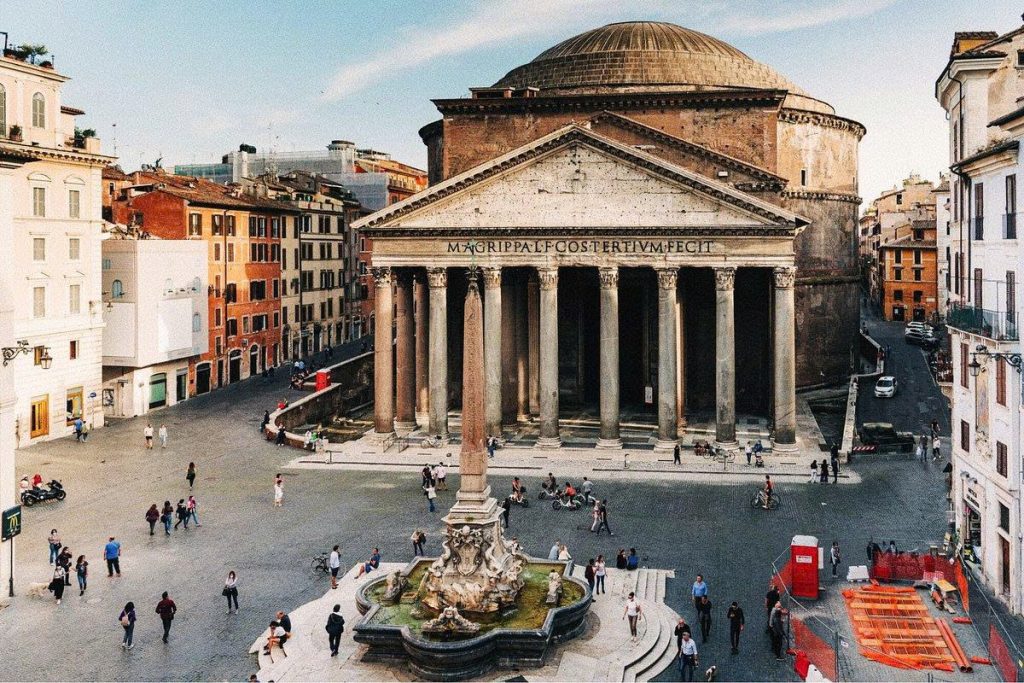
This stunning ancient Roman temple, later consecrated as a church, is celebrated as the best-preserved building from Roman antiquity.
- Focus on the oculus—the huge, circular opening in the dome. It is the Pantheon’s only source of light, and the dome itself is the largest unreinforced concrete dome in the world, a testament to Roman engineering genius that remains unmatched.
- Pay your respects at the tomb of the Renaissance master, Raphael, located inside, underscoring the Pantheon’s transition from pagan temple to a Christian place of reverence and artistic legacy.
4. Throw a Coin into the Trevi Fountain (Fontana di Trevi)
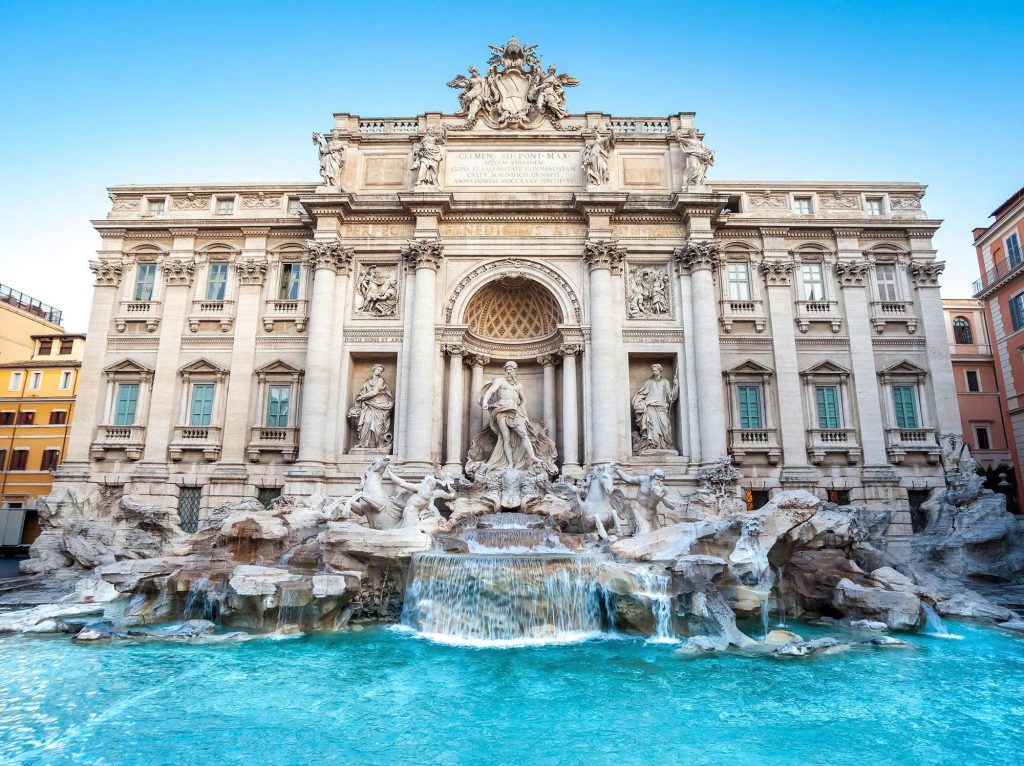
The most spectacular Baroque fountain in the city and a powerful symbol of Roman artistic flourish.
- Adhering to the legend, throwing a single coin over your shoulder ensures your return to Rome. To avoid the perpetual crush of visitors (a common point of friction for tourists), visit either immediately after dawn (before 8:00 AM) or after midnight. The experience of seeing the fountain illuminated at night with only a handful of others is breathtaking.
5. Climb the Spanish Steps and Piazza di Spagna
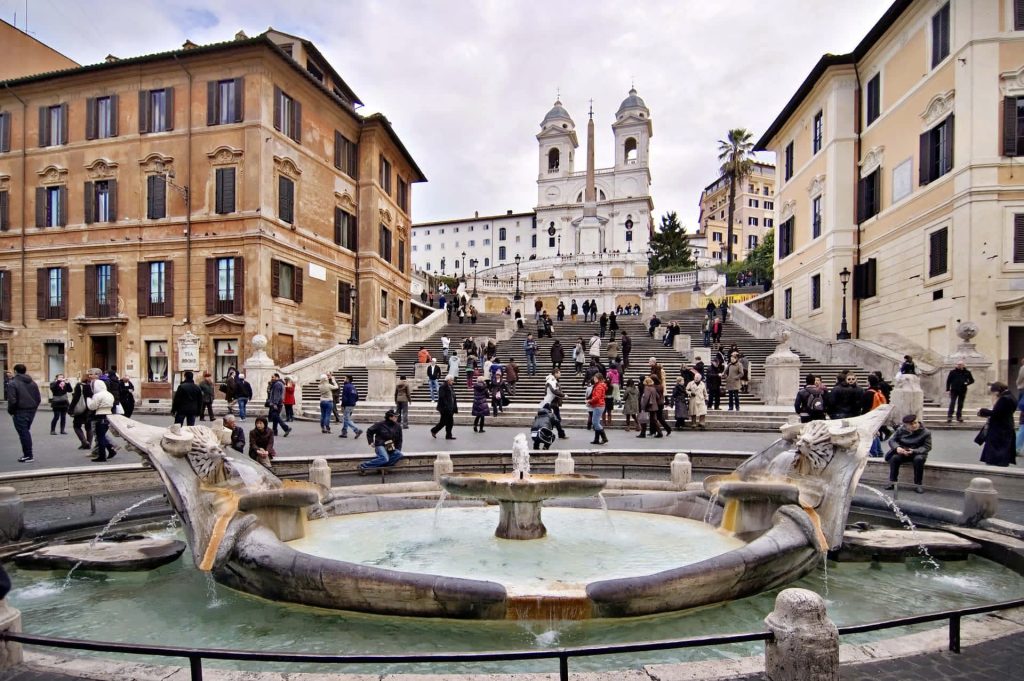
The famous 135 steps linking the Piazza di Spagna below to the Trinità dei Monti church above.
- While sitting on the steps is now strictly prohibited (fines apply), the area remains central to Roman cultural life, surrounded by luxury fashion boutiques and home to the famous Fontana della Barcaccia (Fountain of the Ugly Boat) by Bernini.
The Vatican – Art, Faith, and Sovereignty
The heart of Catholicism and a repository of human artistic achievement.
6. Marvel at St. Peter’s Basilica
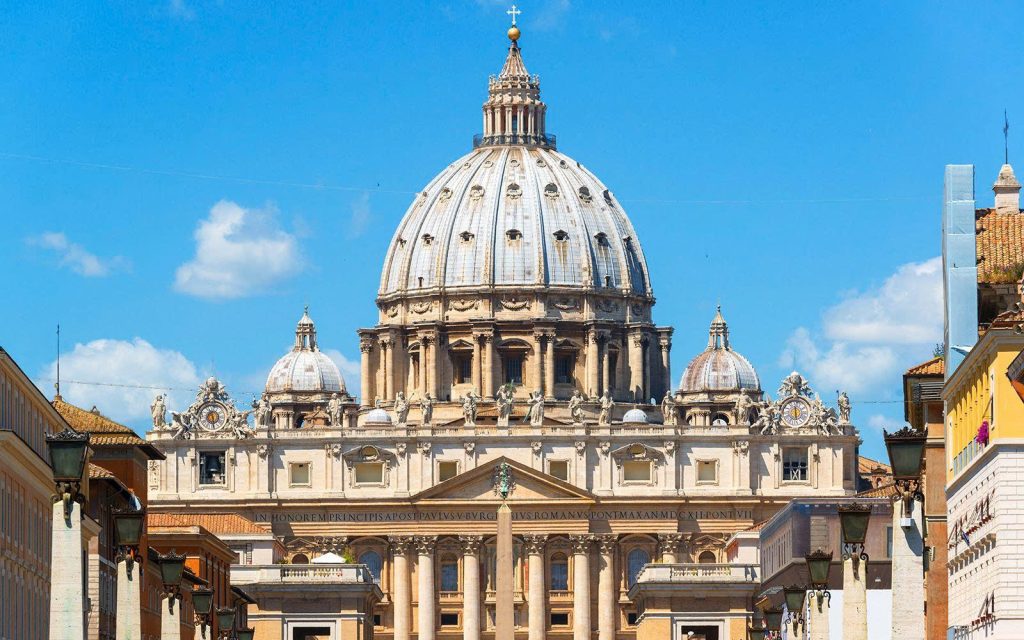
The largest church in the world, this is a masterpiece of Renaissance architecture, primarily designed by Donato Bramante, Michelangelo, and Gian Lorenzo Bernini.
- The Dome: Pay extra to climb the Cupola (dome). The ascent (via elevator plus strenuous stairs) provides an unparalleled view over St. Peter’s Square and Vatican City, offering a unique perspective of Rome itself.
- Inside, view Michelangelo’s Pietà, a stunning sculpture protected by glass since the 1970s attack.
7. Get Lost in the Vatican Museums
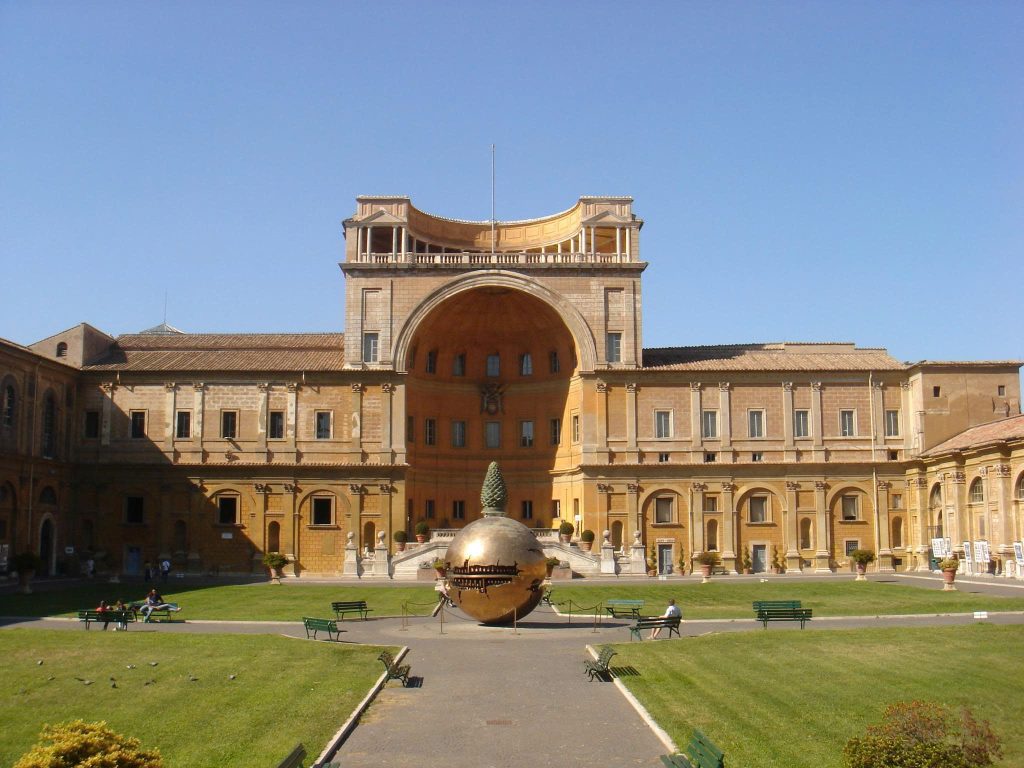
A massive complex that demands several hours and a focus.
- While the Sistine Chapel is the destination, the journey through the museums is filled with treasures. Plan to spend time in the Gallery of Maps, the Raphael Rooms, and the Pio-Clementine Museum to see the Laocoön Group—a key ancient sculpture discovered in Rome.
- Many travelers book a “last-entry” ticket to be among the final visitors in the Sistine Chapel, allowing for a few moments of quieter reflection, a significantly better Experience.
Culinary Immersion – The True Taste of Rome
Rome’s food culture is rigid, traditional, and glorious. Satisfying Commercial Investigation Intent requires authentic guidance on where and what to eat.
8. Master the Four Pillars of Roman Pasta

Authenticity is key. Seek out traditional trattorias or osterias outside the main squares.
- Understand the ingredients: guanciale (pork cheek, not bacon), Pecorino Romano cheese (not Parmesan), egg yolks, and black pepper. Any place serving cream is a tourist trap.
- This simple dish relies entirely on technique (emulsification). If done correctly, the sauce should be creamy without adding any fat.
- Pair your pasta with a glass of crisp Frascati wine, the traditional white wine of the Roman hills.
9. Dine and Explore in Trastevere and Testaccio
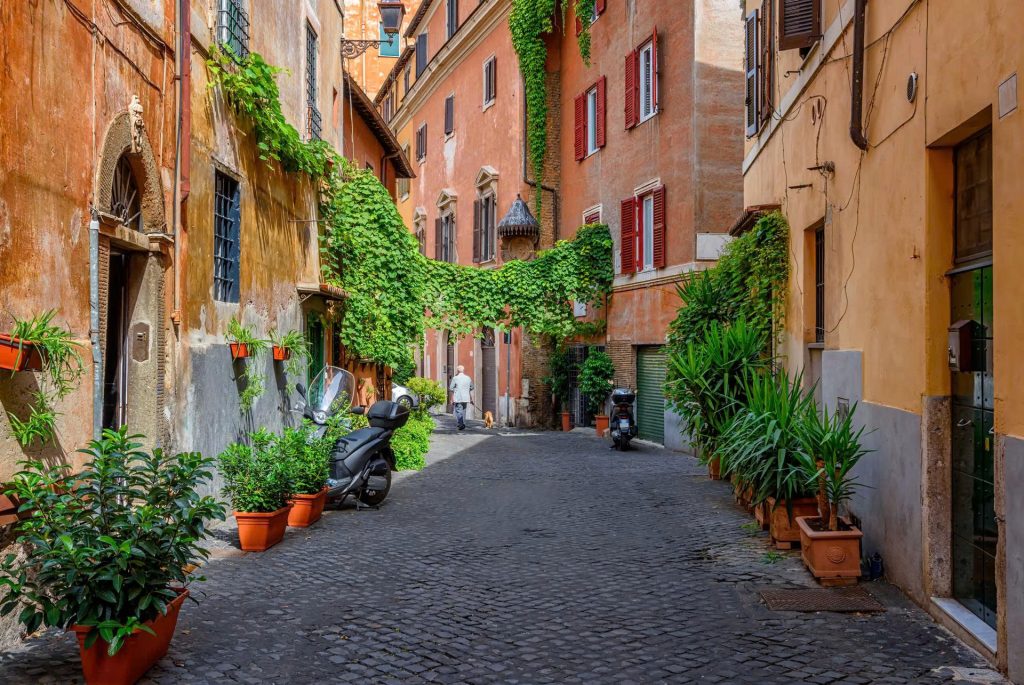
These two neighborhoods offer contrasting but equally authentic food experiences.
- Charming, bohemian, and lively, perfect for dinner and evening drinks. It caters slightly more to tourists but maintains high quality in the side streets.
- authentic, working-class heart of Roman cuisine. This area is famous for Quinto Quarto (nose-to-tail eating) and is home to the Testaccio Market—an ideal spot for local Experience and lunchtime Supplí (fried rice balls).
10. Sample the Perfect Slice of Pizza al Taglio

Roman pizza is al taglio (by the slice), sold in large rectangular trays with various toppings. The crust is thick, focaccia-like, and crispy.
- Visit Roscioli or Forno Campo de’ Fiori for two of the best examples of this Roman street food staple.
11. Learn the Art of the Caffè (Coffee Culture)
In Italy, coffee is an Experience and a rapid ritual, not a drawn-out affair.
- Never order a latte after 11 AM (that means milk). Order a caffè for an espresso. If you want a bit of milk, ask for a caffè macchiato. Standing at the bar is cheaper and faster.
- Visit iconic coffee houses like Sant’Eustachio Il Caffè or Tazza d’Oro near the Pantheon.
12. Take a Hands-On Roman Cooking Class
This is the peak Transactional culinary activity.
- Look for classes specializing in Tiramisu, Fettuccine, or the art of pizza making. These classes offer direct interaction with local chefs, enhancing your Experience and giving you an Expertise you can take home.
Hidden Corners and Unexpected Discoveries
These are the activities that truly enrich your understanding of Rome, moving beyond the obvious.
13. Uncover the Secrets of the Borghese Gallery and Gardens
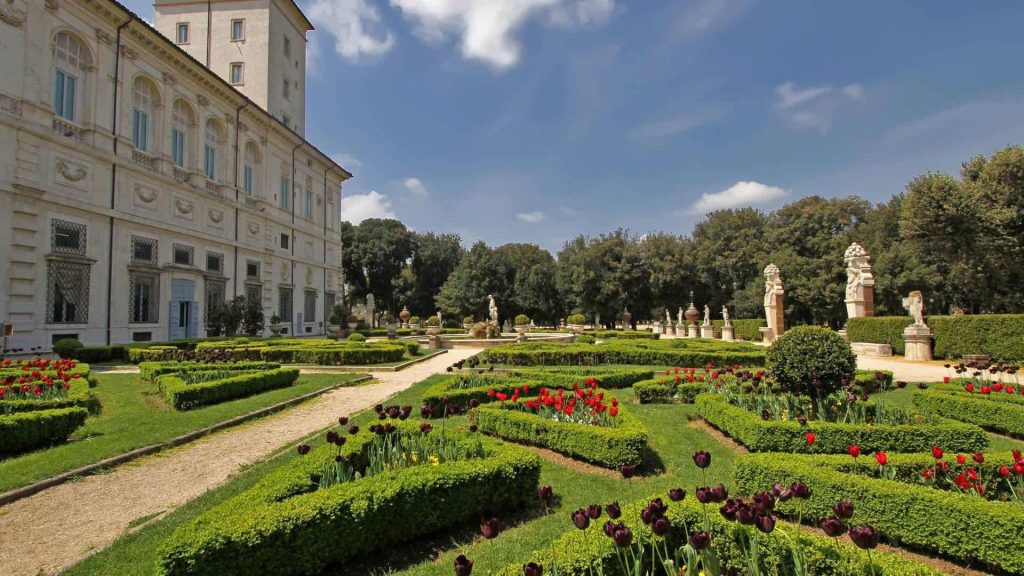
This villa is a vital stop for art lovers.
- The gallery holds many of Bernini’s most dramatic Baroque sculptures, including the emotional Pluto and Proserpina and the breathtakingly dynamic Apollo and Daphne.
- Tickets are capacity-controlled and based on a strict two-hour window. You MUST book well in advance (often months ahead) as they never sell out at the door.
14. Discover the Views from Aventine Hill and the Orange Garden
A quiet, secluded escape high above the city.
- Find the gate of the Knights of Malta on Piazza dei Cavalieri di Malta and look through the keyhole for the famous, perfectly framed view of the St. Peter’s Basilica dome.
- Next to the keyhole, the Orange Garden offers stunning, sweeping views across the Tiber River and central Rome, making it an ideal sunset spot.
15. Descend into the Capuchin Crypt
The ultimate in macabre curiosity. The crypt of the Santa Maria della Concezione dei Cappuccini church is decorated with the bones of thousands of monks.
- While visually striking, view this site with historical reverence—it’s meant as a chilling meditation on mortality, not a sideshow.
16. Walk the Appian Way and Catacombs
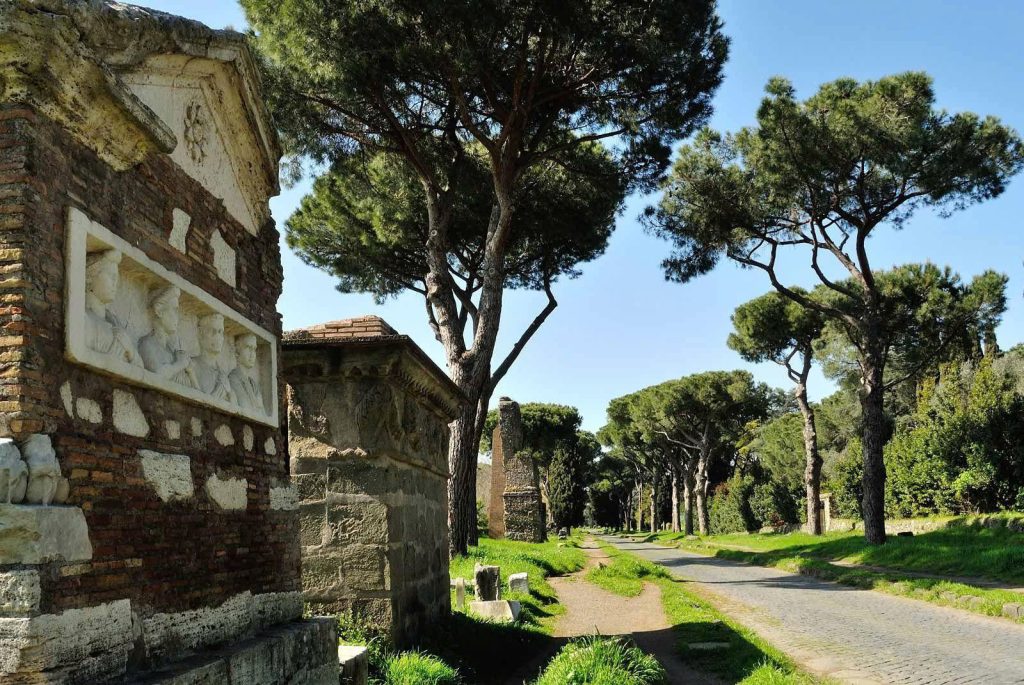
The Via Appia Antica is one of the most important ancient roads, lined with tombs and ancient markers.
- Go on a Sunday when the road is closed to traffic. Renting a bike is the best way to cover the distance and stop at the largest Catacombs (like the Catacombs of Callixtus) for an underground tour.
Day Trip Opportunities and Deeper History
For trips longer than four days, these excursions offer immense historical value.
17. The Grandeur of Tivoli: Villa d’Este and Hadrian’s Villa
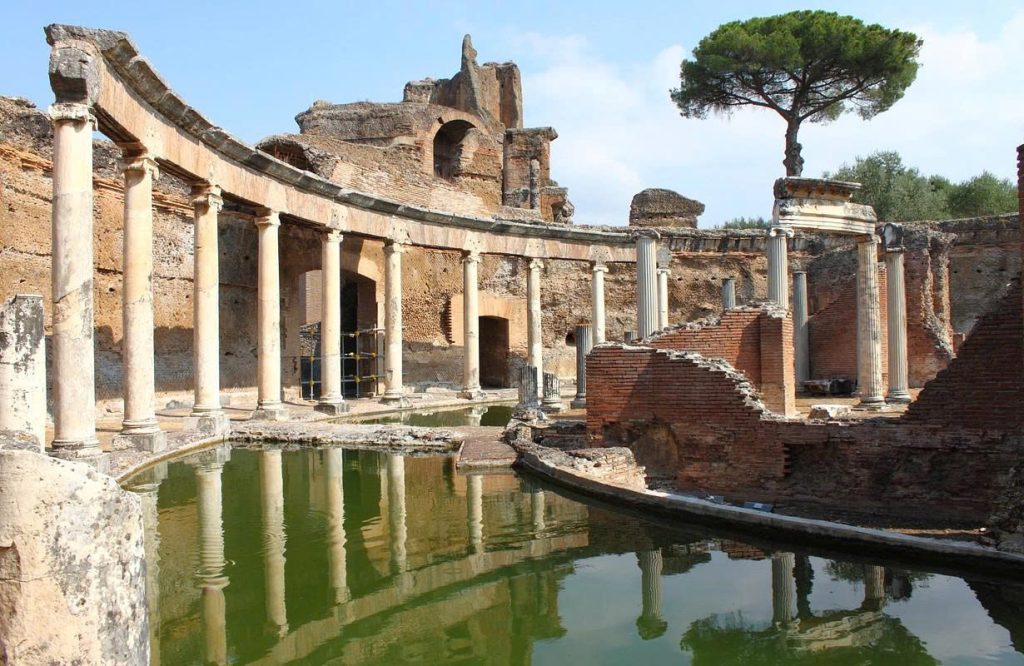
Two UNESCO World Heritage Sites accessible via a short train or bus ride.
- Hadrian’s Villa (Villa Adriana): The massive, sprawling retreat of Emperor Hadrian, showing the scale of Roman imperial wealth and architectural ambition.
- Villa d’Este: Famous for its Renaissance gardens and the awe-inspiring Fountain of the Hundred Fountains.
18. Self-Guided Day Trip to Ostia Antica
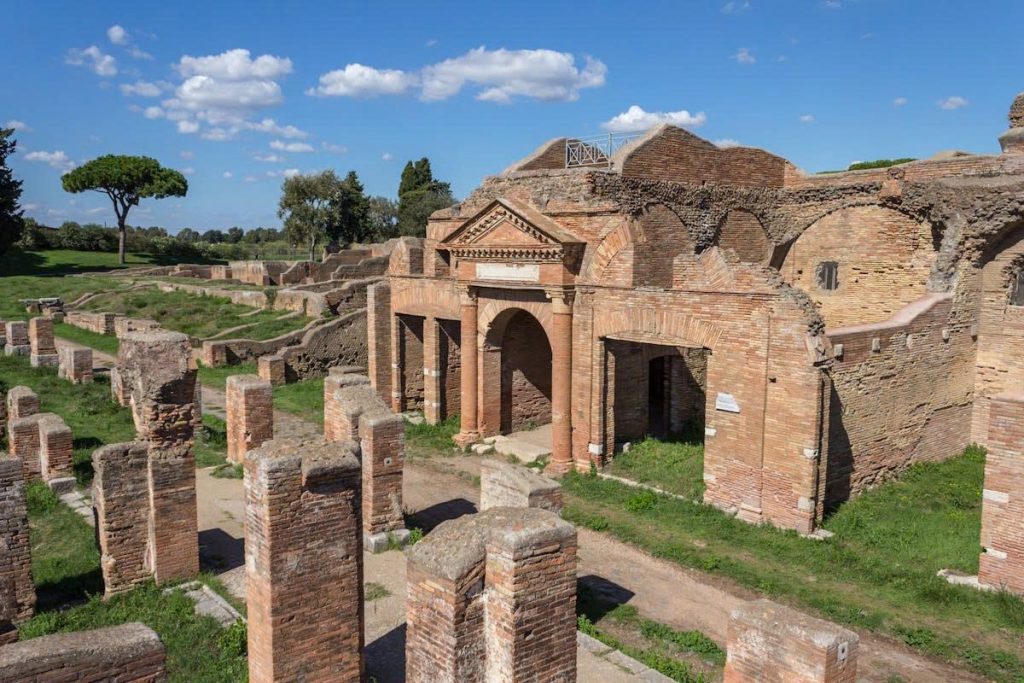
An easy, cheap, and rewarding historical Experience just 30 minutes away by local train (using an ATAC ticket).
- Rome’s ancient port city, perfectly preserved after being covered in silt. You can walk through ancient bakeries, apartment buildings, and the communal latrines, giving a much clearer picture of daily Roman life than the Forum.
19. Strategic Trip to Pompeii and Mount Vesuvius
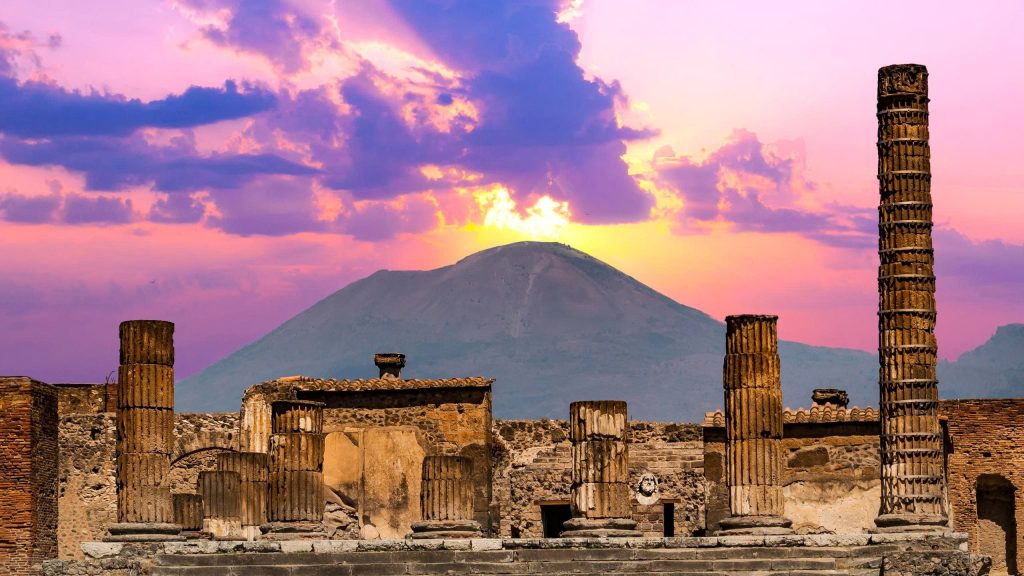
While a long day, it’s possible from Rome. This addresses a major Transactional/Commercial query.
- Take the high-speed Frecciarossa train from Roma Termini to Naples (Napoli Centrale). From there, switch to the local Circumvesuviana commuter train to the Pompeii Scavi stop. This is cheaper but requires more effort.
- Guided Tour: Book a structured tour from Rome. While more expensive, it handles all transport logistics, maximizing your time at the site and the volcano.
20. Stroll Through the Diocletian Baths (Terme di Diocleziano)
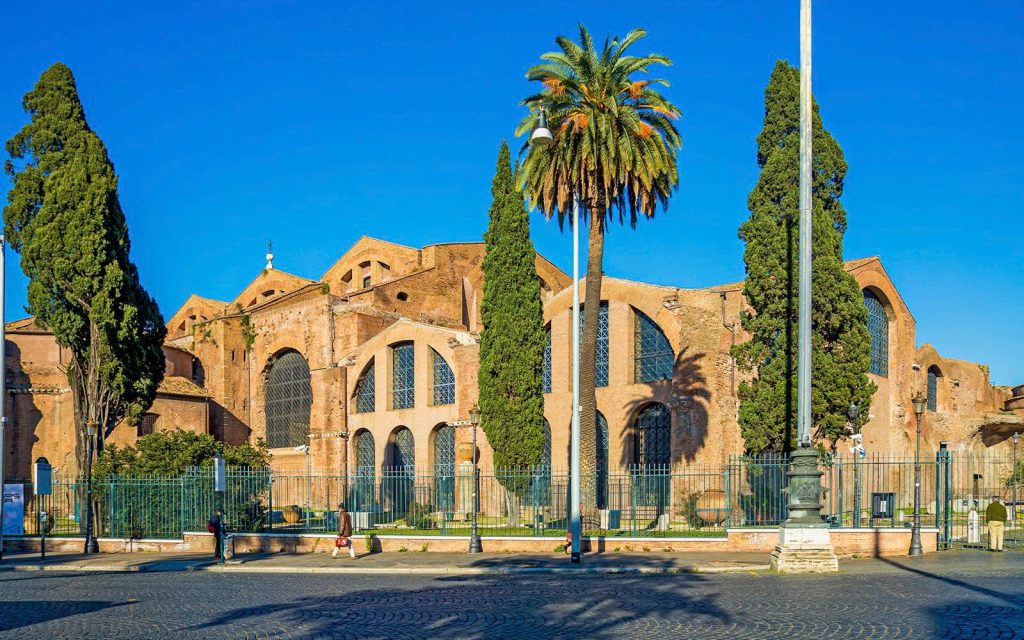
The largest public bath complex ever built, now incorporated into the Museo Nazionale Romano (National Roman Museum).
- Part of the massive structure was converted into the Basilica di Santa Maria degli Angeli e dei Martiri by Michelangelo, offering a striking blend of ancient Roman engineering and Renaissance design.
Essential Trustworthiness and Safety Tips
A final word on common friction points that ensure a secure and enjoyable journey, establishing final Trustworthiness.
Money, Tipping, and the Roman Riposo
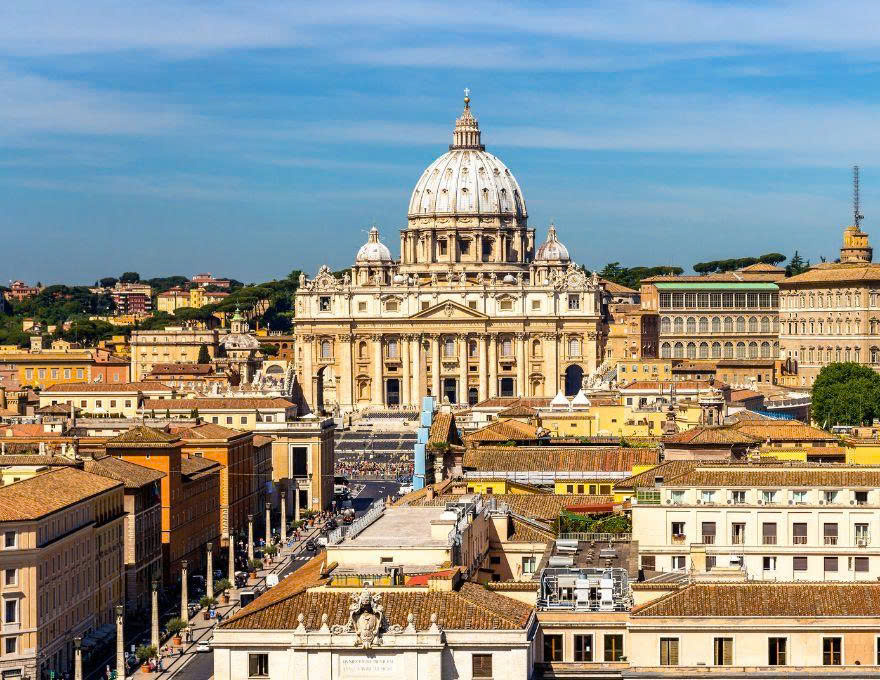
- Coperto vs. Tipping: Understand the coperto (cover charge, a few euros per person) or servizio (service charge) often included. Tipping is not mandatory, but rounding up the bill or leaving a few extra euros for excellent service is customary.
- The Riposo): Many non-chain businesses, smaller churches, and neighborhood shops close between 1:00 PM and 4:00 PM. Schedule your sightseeing or museum visits around this riposo.
Harnessing the Nasoni
- Rome’s public drinking fountains (nasoni, or “big noses”) provide fresh, cold, safe-to-drink water 24/7. Carry a reusable bottle to stay hydrated and save money. This is an essential Experience tip.
Respecting the Eternal City
- Note the stricter laws: no sitting on the Spanish Steps, no eating near certain monuments (like the Colosseum), and no jumping into fountains. Local police enforce these rules with heavy fines.
RELATED: 7 Wonders of the World: A travel and history guide
Rome is a journey for the senses, a city where you are constantly stepping over centuries of history. By following this guide and prioritizing strategic ticket purchases, you will avoid the pitfalls of mass tourism and unlock the genuine Experience of The Eternal City. Your Roman holiday awaits!

